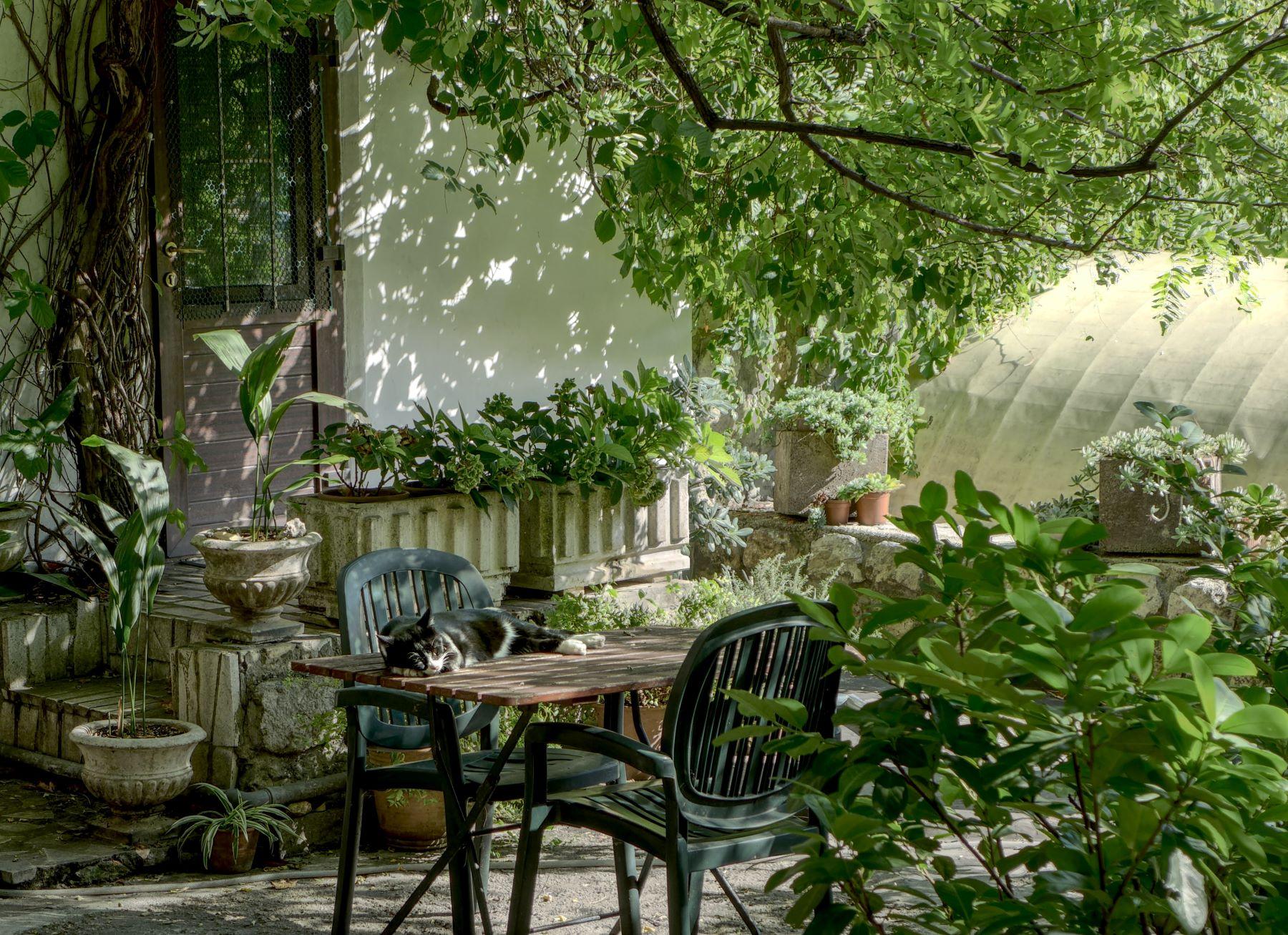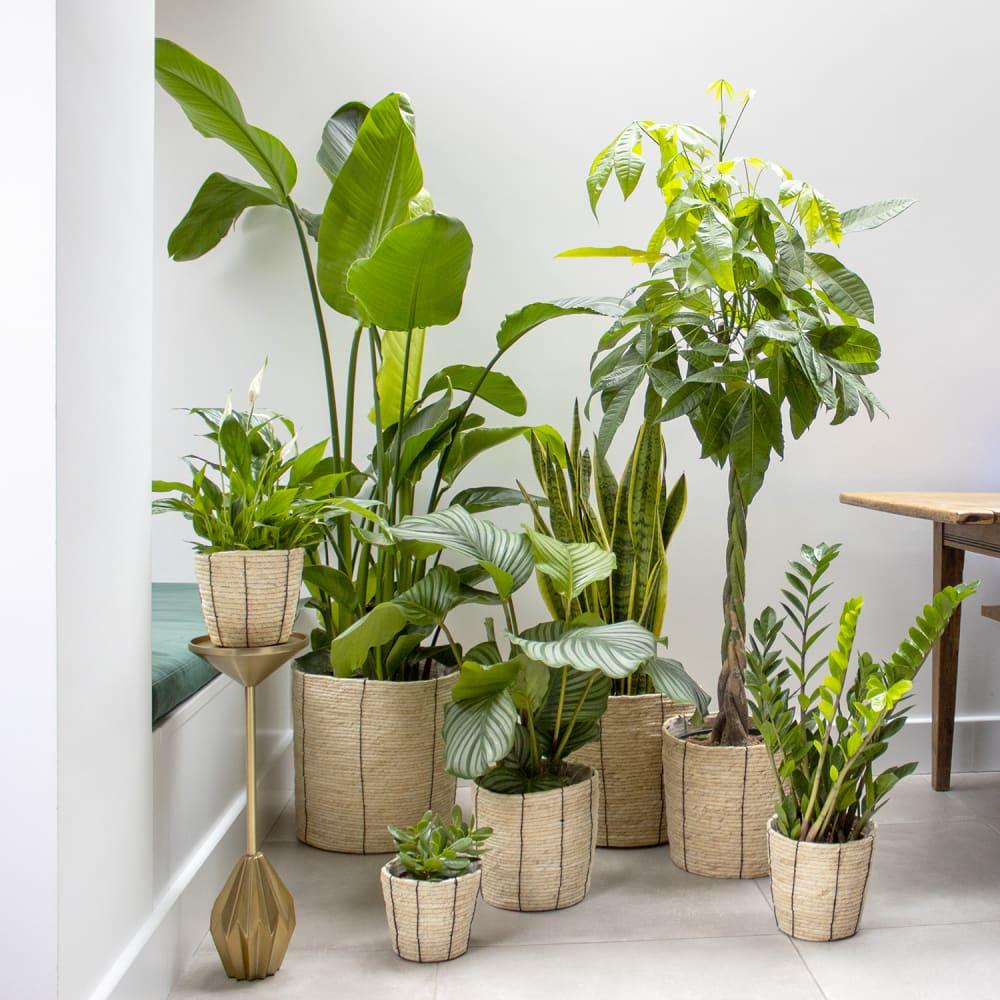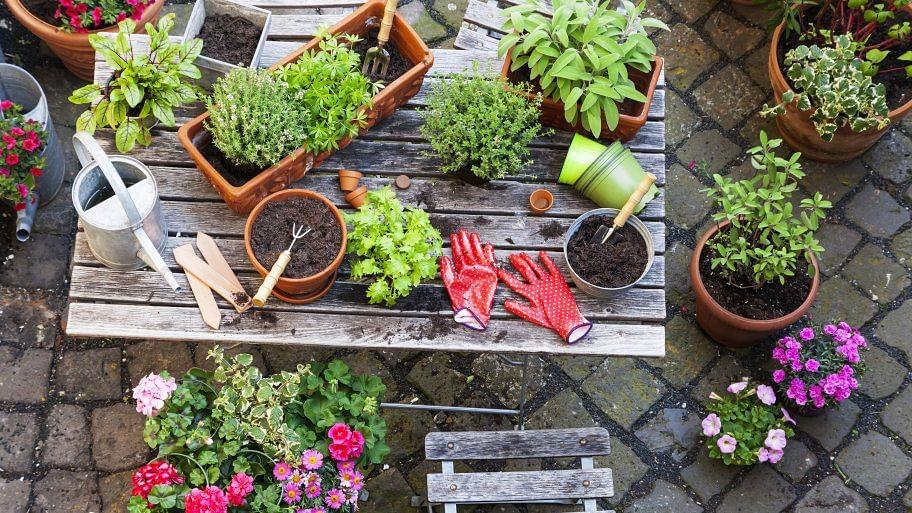In a world increasingly dominated by fast-paced living and digital distractions, the humble act of tending to a garden offers a serene refuge—a reminder of the beauty found in simplicity and patience. “” invites you to explore the transformative experience of cultivating your own patch of earth, whether it’s a sprawling backyard or a modest balcony. As we dig our hands into the soil, plant seeds, and nurture budding life, we not only reconnect with nature but also cultivate a sense of purpose and fulfillment. This article explores the many dimensions of home gardening, from the practical techniques of planting and maintaining a thriving garden, to the emotional rewards of watching life flourish under our care. Join us on this verdant journey, where every seed sown is a step toward a greener, more joyful existence.
Table of Contents
- The Essentials of Choosing Your Ideal Garden Space
- Nurturing Nature: Selecting the Right Plants for Your Environment
- Creating Harmony: Designing Aesthetic and Functional Garden Layouts
- Sustainable Practices: Eco-Friendly Tips for Thriving Home Gardens
- Final Thoughts
The Essentials of Choosing Your Ideal Garden Space

Choosing the right space for your garden is paramount to your gardening success and joy. Start by assessing the sunlight exposure your area receives daily. Most vegetables and flowers thrive with at least six hours of direct sunlight, so opt for locations that bask in the bright light throughout the day. Additionally, consider the soil type; well-drained, nutrient-rich soil encourages healthy plant growth. If your garden area lacks these features, there are options to amend the soil or create raised beds, ensuring that your plants have the best possible foundation.
The size of your garden should also align with your gardening goals and lifestyle. Don’t feel pressured to cultivate a vast space; even a small plot or a series of pots on a balcony can yield a satisfying harvest. Evaluate your accessibility to water sources and pathways, as these are crucial for maintaining your garden. Take note of any proximity to wildlife, as a garden too close to wandering pets or pests might require extra protective measures. The ideal garden space is not merely about aesthetics; it’s about creating an environment that nurtures growth, promotes ease of care, and brings serenity to your life.
Nurturing Nature: Selecting the Right Plants for Your Environment

When curating your personal garden, it is essential to consider the specific attributes of your environment. Each plant has unique requirements regarding light, soil type, and moisture levels, which can dramatically influence its growth and health. To ensure a flourishing garden, take into account factors such as:
- Climate: Choose plants that are well-suited to your regional climate, whether that be tropical, temperate, or arid.
- Sunlight: Assess how much sunlight your garden space receives throughout the day and select plants accordingly, from full sun to shade-loving varieties.
- Soil Quality: Perform a soil test to understand pH and nutrient levels; this will guide you in amending your soil or choosing plants that thrive in your existing conditions.
Beyond practical factors, you might also want to consider the aesthetic appeal and the biodiversity of your garden. Incorporating a mix of plants can not only create visual interest but also provide essential habitats for local wildlife. Consider adding:
- Native Plants: They typically require less maintenance and are more resilient to local pests and diseases.
- Pollinator-Friendly Flora: Flowers that attract bees, butterflies, and other pollinators can contribute to a thriving ecosystem.
- Perennials and Annuals: Combining these can ensure year-round beauty while minimizing replanting efforts.
Creating Harmony: Designing Aesthetic and Functional Garden Layouts
Achieving a perfect balance between form and function starts with a thoughtful garden layout. As you plan your space, consider incorporating a mix of elements that cater to your aesthetic preferences while serving practical purposes. For instance:
- Pathways: Create clear, winding pathways that offer both accessibility and visual interest.
- Zones: Designate areas for relaxation, experimentation, and organic growth, allowing each section to flourish uniquely.
- Vertical Space: Utilize trellises and arches to support climbing plants and add height, drawing the eye upward.
To further enhance your garden’s beauty and functionality, consider implementing companion planting. This technique not only maximizes the productivity of your garden but also creates a symphony of colors and textures. Below is a simple guide showcasing beneficial plant pairings:
| Plant A | Plant B | Benefit |
|---|---|---|
| Tomatoes | Basil | Improves flavor and repels pests |
| Carrots | Onions | Deters carrot flies and enhances growth |
| Marigolds | Everything! | Repels aphids and attracts pollinators |
Sustainable Practices: Eco-Friendly Tips for Thriving Home Gardens
Creating a thriving home garden that respects the environment can be both fulfilling and enjoyable. Start by choosing native plants, as they are adapted to the local climate and provide habitats for local wildlife. Incorporate a composting system to recycle kitchen scraps and garden waste into nutrient-rich soil. This not only reduces waste but also enriches your garden’s soil. Additionally, consider installing a rainwater harvesting system. Collecting rainwater in barrels can provide a sustainable water source for your garden, helping to conserve precious resources.
Another effective way to promote sustainability in your garden is to practice integrated pest management (IPM). This approach utilizes a combination of biological control, habitat manipulation, and cultural practices to minimize pest damage while reducing chemical use. Implementing crop rotation can also enhance soil fertility and disrupt pest cycles. Lastly, create a mulched garden bed. By covering the soil with organic materials, you can suppress weeds, retain soil moisture, and enrich the soil as the mulch breaks down over time. This creates a healthier garden ecosystem that flourishes sustainably.
Final Thoughts
As we put down our gardening tools and step back to admire the fruits of our labor, it becomes clear that home gardening is more than just a hobby; it is a journey of discovery, patience, and personal growth. Each seed sown embodies a promise, each bud that blooms is a celebration of nature’s artistry, and every ripe harvest is a reminder of our bond with the earth.
In nurturing our gardens, we cultivate not only plants but also a deeper appreciation for the cycles of life, the beauty of resilience, and the joy of simplicity. Whether you are tending to a balcony adorned with herbs or nurturing a sprawling vegetable patch, remember that your garden is a reflection of your care, creativity, and commitment.
As you embark on this green adventure, may you find solace in the soil, inspiration in the flora, and an ever-deepening connection to the natural world around you. So grab your gloves, embrace the rhythm of the seasons, and let the art and joy of home gardening transform your space—one plant at a time. Happy gardening!



